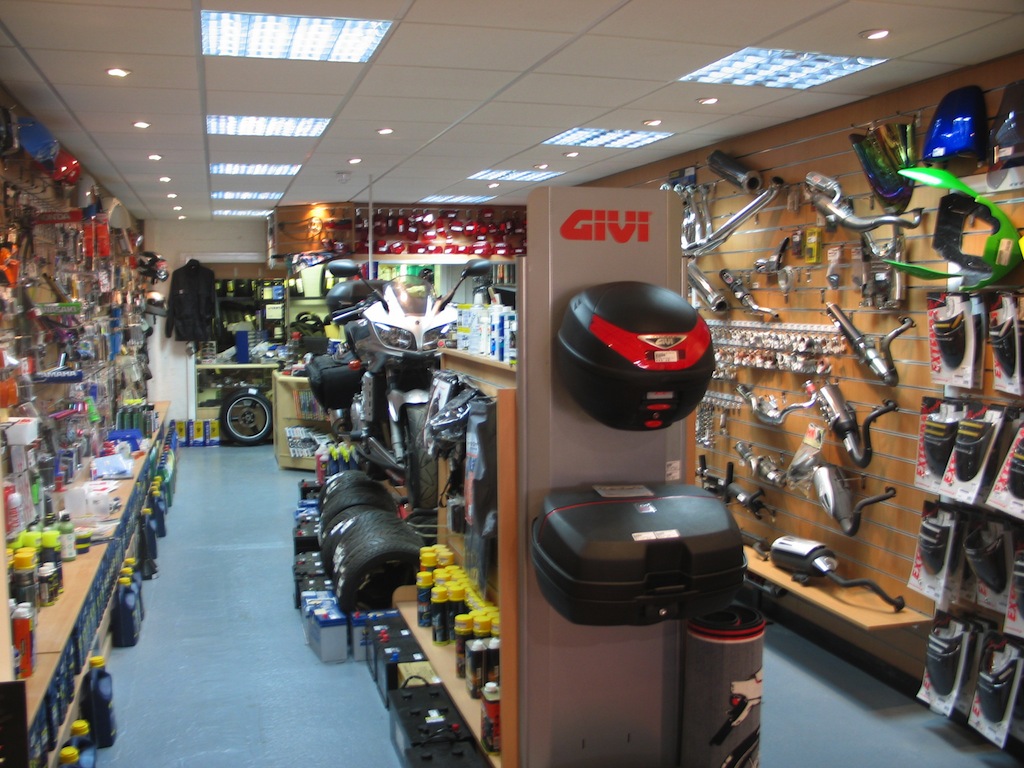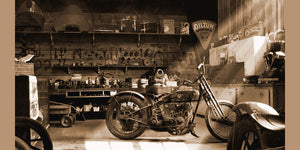Grasping Motorcycle Gears: Exactly How to Enhance Your Riding Experience
In the world of motorcycling, grasping the art of equipment adjustment is critical for enhancing your riding efficiency. Appropriately utilizing and comprehending motorcycle gears can considerably impact fuel, acceleration, and control performance, changing an ordinary trip right into a smooth, electrifying journey.
Understanding Gear Mechanics
Exactly how do the complexities of gear technicians affect motorbike efficiency? At the core of motorbike dynamics, gear technicians play a pivotal function in transforming engine power into movement, ultimately dictating rate and control. Gears, carefully crafted elements, permit bikers to maximize torque and rate, guaranteeing a smooth transition with various terrains and rates. The gear proportions, very carefully made, determine the partnership between engine transformations and wheel turns, impacting acceleration and fuel efficiency.
Comprehending gear technicians starts with acknowledging the value of the gearbox, which houses multiple equipments of varying sizes. These gears communicate via a process called meshing, where teeth of various equipments engage to transfer power. The accuracy of this communication is critical; any type of imbalance or damage can lead to inefficient power transfer, hindering performance. In addition, the plan and size of gears affect the motorcycle's capability to take care of various lots and speeds.
Moreover, the principle of equipment changing is important to taking full advantage of performance. Timely and smooth changes make sure that the engine runs within its optimal power band, protecting against unnecessary strain and enhancing durability (motorbike shop). By understanding these mechanical intricacies, bikers can achieve a harmonious blend of control, power, and effectiveness, raising their riding experience
Timing Your Shifts
Shift timing mastery is important for enhancing motorbike performance and enhancing the riding experience. Correctly timed shifts guarantee that the engine operates within its ideal power band, which is critical for keeping control, accomplishing smooth velocity, and making certain the durability of the motorcycle. Bikers must develop an intuitive feeling of when to move equipments, which includes understanding the partnership between engine transformations per min (RPM) and speed.
To master change timing, pay very close attention to the engine's audio and really feel, as these give essential ideas concerning when to change gears. When the engine approaches the upper array of its power band without reaching the redline, the suitable shift point usually happens - moto parts nz. Moving too early can lead to a lack of power, while moving far too late may create unneeded engine pressure
Furthermore, roadway problems and riding design influence change timing. For example, in metropolitan setups, smoother and extra frequent shifts may be essential to browse traffic effectively. On the other hand, throughout highway riding, fewer changes at higher speeds can be better. Exercising in varied atmospheres will improve your capacity to time changes specifically, ultimately elevating your riding experience to a professional level.
Enhancing Fuel Effectiveness
While understanding motorbike equipments is critical for look these up efficiency, improving fuel performance is just as crucial for both environmental and financial reasons. Ideal gas usage not only minimizes functional expenses however also reduces the environmental impact of riding. To achieve this, one have to recognize the intricate relationship between gear choice and engine performance.
Firstly, picking the appropriate equipment at ideal rates can considerably influence fuel usage. Riding in a greater gear at lower speeds can cause engine lugging, which is detrimental to both fuel economic climate and engine wellness. Conversely, riding in reduced gears at high speeds leads to unnecessary fuel usage. Therefore, maintaining an ideal balance by moving equipments abreast with road problems and prepared for maneuvers is essential.
Additionally, normal upkeep plays a critical role in fuel efficiency. Ensuring that the motorbike is well-tuned, with clean air filters and properly pumped up tires, can improve the rules of aerodynamics and minimize fuel waste. Additionally, taking on a riding design that accepts gradual velocity and smooth deceleration can add to far better fuel economic climate.

Methods for Smooth Transitions
Attaining smooth gear changes is basic to improving the riding experience and making sure the longevity of a motorcycle's transmission system. Proper equipment moving not only contributes to a seamless ride but likewise lessens wear and tear on the mechanical elements. To grasp the art of smooth changes, motorcyclists must concentrate on a few crucial techniques.

Second of all, clutch control plays an essential function. Involving and disengaging the clutch efficiently needs method. The clutch bar find out this here should be released progressively, allowing for a seamless transfer of power from the engine to the wheels without creating a jolt or sudden motion.

Adapting to Road Problems
Navigating diverse road conditions is an essential skill for any type of motorcyclist aiming to maintain control and safety and security. Whether you're riding on damp surfaces, gravel roadways, or browsing doglegs, your capacity to adapt your equipment use and riding method is paramount. Comprehending just how to adjust your equipments appropriately can substantially impact grip and stability, guaranteeing a much safer trip.
In contrast, when riding on gravel or uneven surface, lower equipments are more effective. Lower equipments offer much better control and permit you to respond more promptly to unanticipated adjustments in the road surface.
Sharp contours demand exact equipment administration to balance speed and control. Downshifting before going into a contour can aid maintain energy while making certain the motorcycle continues to be secure throughout the turn. Consistent practice in varied conditions boosts your capability to react and anticipate to changes in roadway appearance and slope.
Conclusion
Mastering motorcycle gears significantly boosts the riding experience by improving gas, control, and velocity effectiveness. Adjusting gear selection to different roadway problems, such as using greater gears on wet surface areas and lower equipments on gravel, additional boosts handling and safety.
Recognizing equipment technicians begins with acknowledging the importance of the transmission, which houses numerous equipments of differing dimensions. These equipments connect with a process understood as meshing, where teeth of various equipments engage to transfer power (mx gear nz). Mild modifications to the throttle throughout gear changes can prevent jerky movements and keep a consistent riding pace
Whether you're riding on damp surfaces, gravel roads, or navigating sharp turns, your capacity to adjust your equipment usage and riding strategy is paramount. Adjusting equipment selection to numerous roadway problems, such as utilizing higher equipments on wet surfaces and reduced equipments on crushed rock, more boosts handling and safety.
Comments on “Check Out the most recent Motocross Gear NZ for every single Level of Rider”